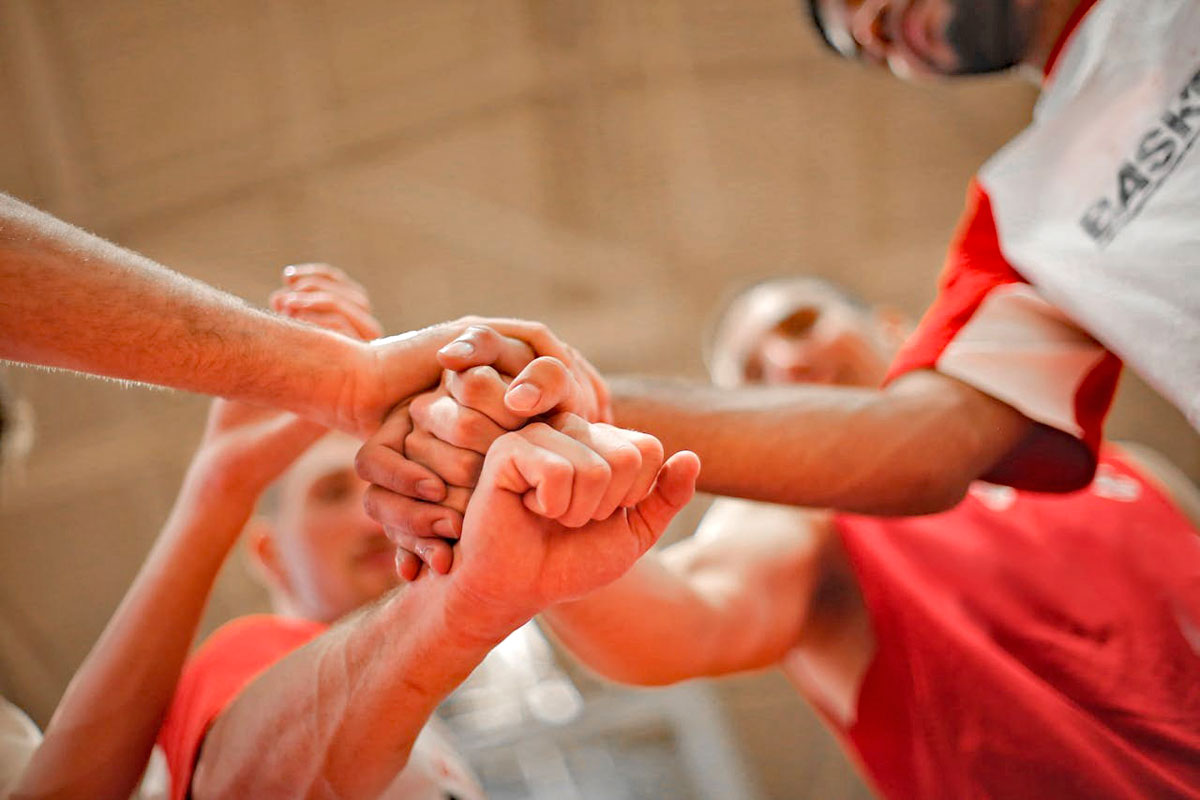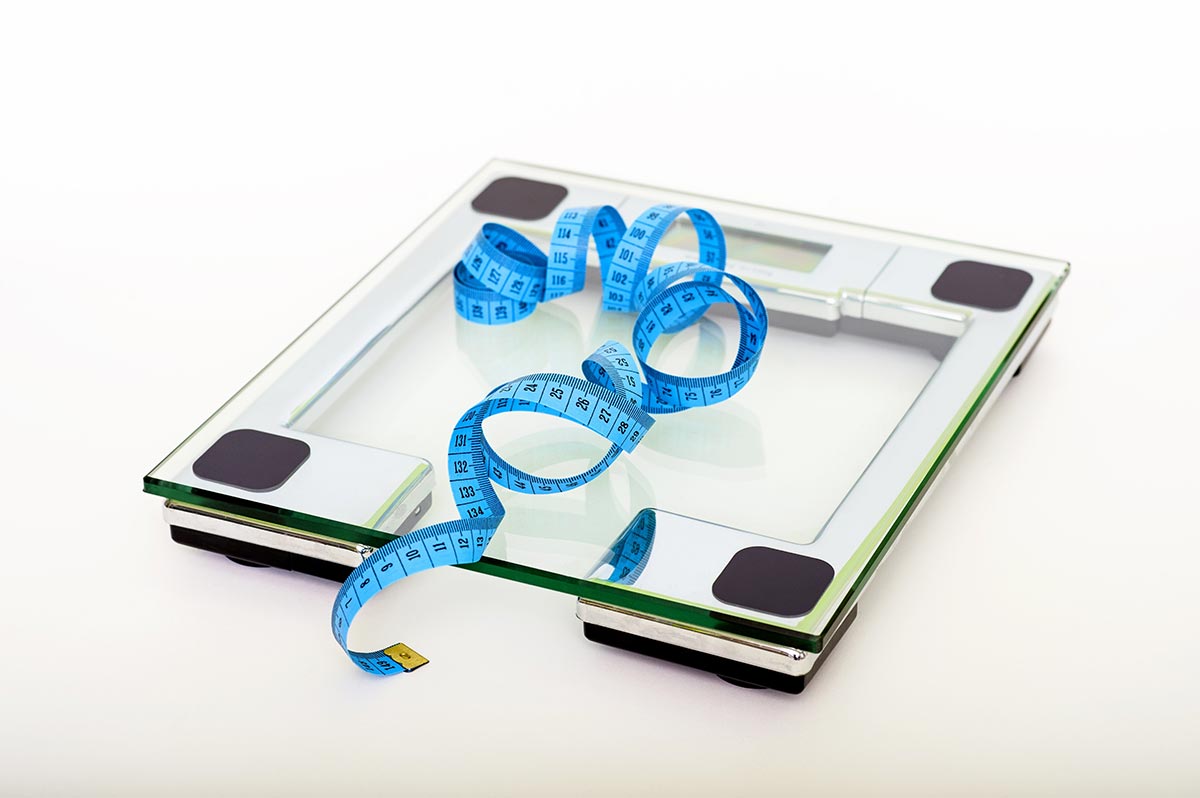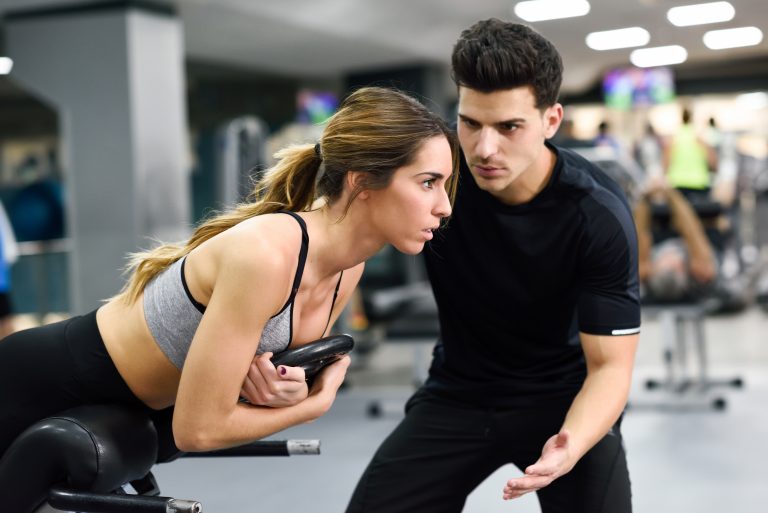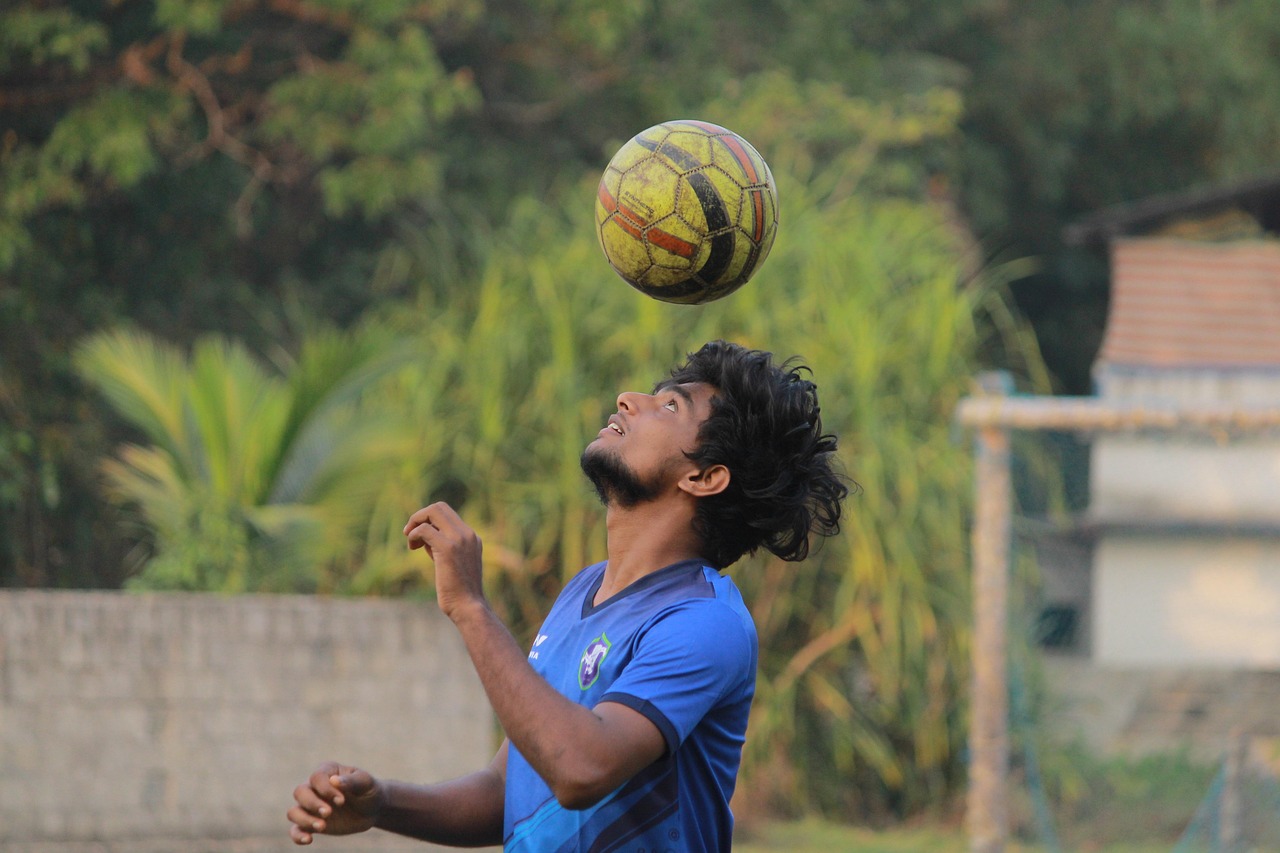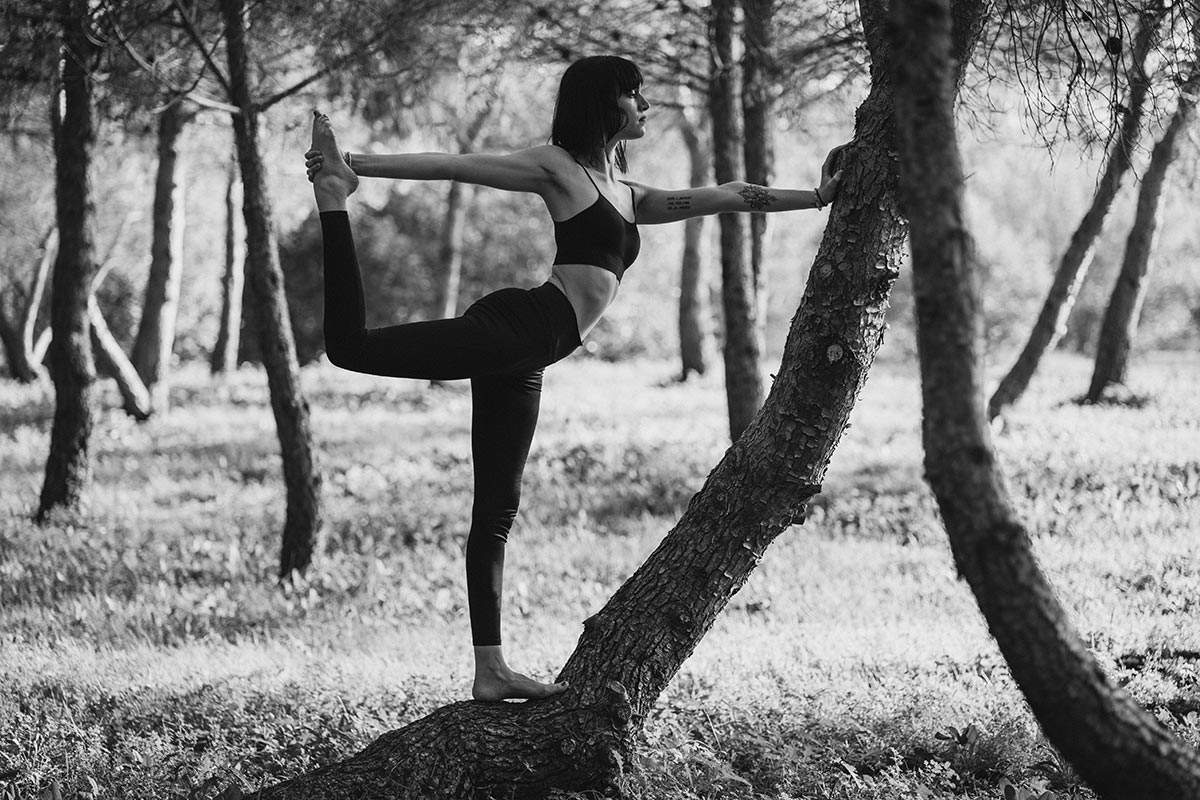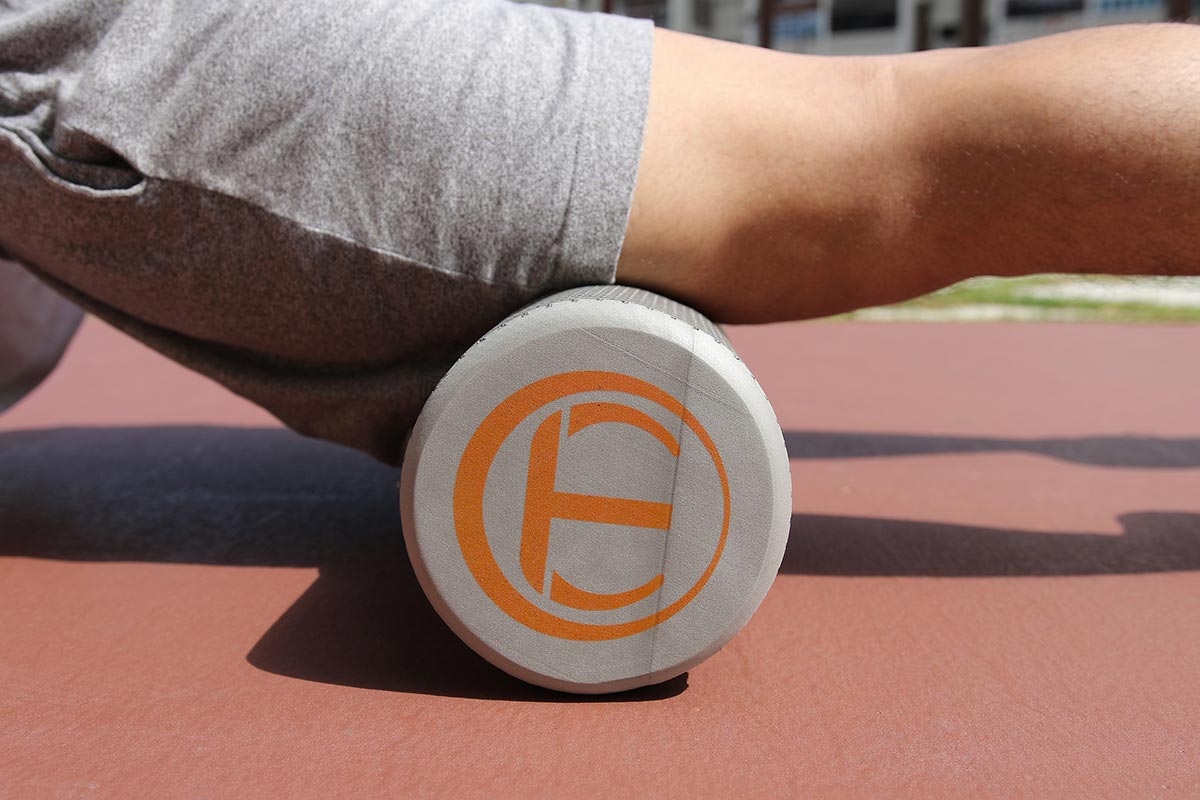Sitting, Stress & Stillness: Why America Needs a Fitness Wake-Up Call
America Moves—From Desk to Car to Couch
Let’s be optimistic for a second: if robots take over repetitive, physically draining jobs, humans might have more time to move, recover, and live healthier. In reality, automation pushed millions into screen-first roles where productivity is up, steps are down, and “motion” means scrolling. Even many new clean-tech “white-solar” jobs are desk-bound. Translation: less occupational activity, more sitting, and a lifestyle that outpaces our biology. The good news? Small, smart changes still deliver big wins—no matter your job title or zip code.
The Work Shift: From Muscles to Monitors
In the 1960s, a large slice of U.S. jobs required moderate physical effort. Today most work is done seated—from finance to customer service to coding. The modern economy created opportunity, but also a daily step deficit no commute can fix. When production increases without physical participation, fitness must shift from incidental to intentional: activity is no longer baked into work; it must be scheduled, tracked, and protected like any other priority.
“Sitting Is the New Smoking”? Not Exactly—But It’s Not Great
Long, uninterrupted sitting correlates with higher cardiometabolic risk, poorer mood, and lower energy. The fix isn’t guilt; it’s dose-response. Around 150 minutes of moderate activity per week—plus standing and movement breaks—meaningfully reduce risk. If your work is all keyboard and conference calls, training is the counterweight that keeps the system balanced.
What the Job Mix Means for Your Body
Occupation predicts chair time more than motivation does. Tech and desk-heavy roles can hit nine hours seated before dinner; service and production jobs sit less but face other stressors like shifts and unpredictable breaks. Different jobs need different antidotes: desk workers benefit from movement snacks, strength blocks, and screen boundaries; shift workers need sleep protection, daylight exposure, and walking density packed between tasks.
Twenty Years More Connected—and More Seated
Connectivity rose; walk breaks fell. Remote work added flexibility and… longer sessions at the keyboard. Without deliberate countermeasures, sitting time creeps up year over year. The silver lining: even modest, consistent activity dents the curve. Ten thousand perfect steps aren’t required; two to three short bouts of movement daily move the needle.
What Actually Works (and Survives a Busy Tuesday)
Micro-breaks beat mega-regrets: Stand every 30–60 minutes, walk for water, take one flight of stairs, or do 10 air-squats. Tiny wins compound.
Protect one anchor session: Two full-body strength days (45–60 min) or three 30-minute “minimum viable” sessions per week beat ambitious plans that die on Tuesday.
Zone-2 saves the day: Brisk walks, easy rides, or light jogs rebuild your engine without frying your nervous system—if you can talk in full sentences, you’re in the zone. Article: Zone 2 cardio - The Lazy Workout That Actually Works
Meetings with legs: Make one 1-to-1 a walking meeting; stand for the first 10 minutes of team calls. Your quarterly targets will survive.
Tech that helps, not nags: Use wearables for reminders and trends, not shame. Turn off non-essential notifications during workouts; Slack can wait until the last set is racked.
Home, Office, or Hybrid? Tailor the Fix
Home-office: Start with 10 minutes of mobility and a short walk; schedule movement like meetings; keep a kettlebell in line of sight. Office: Stand for intros, sit for decisions; put printer and water away from your desk; stairs for anything under four floors. Hybrid: Pack a resistance-band kit, carry a two-day A/B strength template, and keep one “anywhere” neighborhood loop for walks.
Mood, Stress, and the Hidden Costs
Low movement often shows up first as low mood. Exercise is both prevention and treatment for stress-related symptoms; even brief moderate sessions lift energy and reduce anxiety. On tough days swap intensity for reliability—do less, but do it anyway. On good days build capacity, then recover like a pro. Optimism isn’t denial; it’s a training strategy.
“But I Don’t Have Time” (Said Everyone, Forever)
You don’t need two hours and a chalk bucket—you need a plan that survives chaos. Example: 35 minutes, three moves, three rounds, then a 10-minute walk. If AI ever takes your job, at least you’ll have the cardio to walk it off. (Kidding. Mostly.)
Quick Templates You’ll Actually Do
Strength A: Goblet Squat 3×8–12, Push-Up or DB Press 3×8–12, Row 3×8–12; finish with a brisk 10-minute walk.
Strength B: Hip Hinge (RDL/KB Swing) 3×8–12, Split Squat 3×8–12/side, Pulldown or Pull-ups 3×6–10; then five minutes of mobility.
Desk-day intervals: Each hour: stand, 60 seconds of calf raises or stairs, five slow breaths. Boring. Effective.
Culture Shift: From Incidental to Intentional
We used to earn movement by default; now we earn it by design. Companies that adopt move-friendly workflows see sharper afternoons and fewer sick days. Individuals who schedule activity like medicine report steadier energy and better sleep. This isn’t about perfection; it’s a daily bias toward motion.
America doesn’t need a guilt trip; it needs a blueprint. Make sitting shorter, training simpler, and recovery sacred. Stack tiny wins until the graph bends your way. Be the person who quietly makes movement normal again—consistently, without fanfare. That’s a productivity boom everyone can live with.
